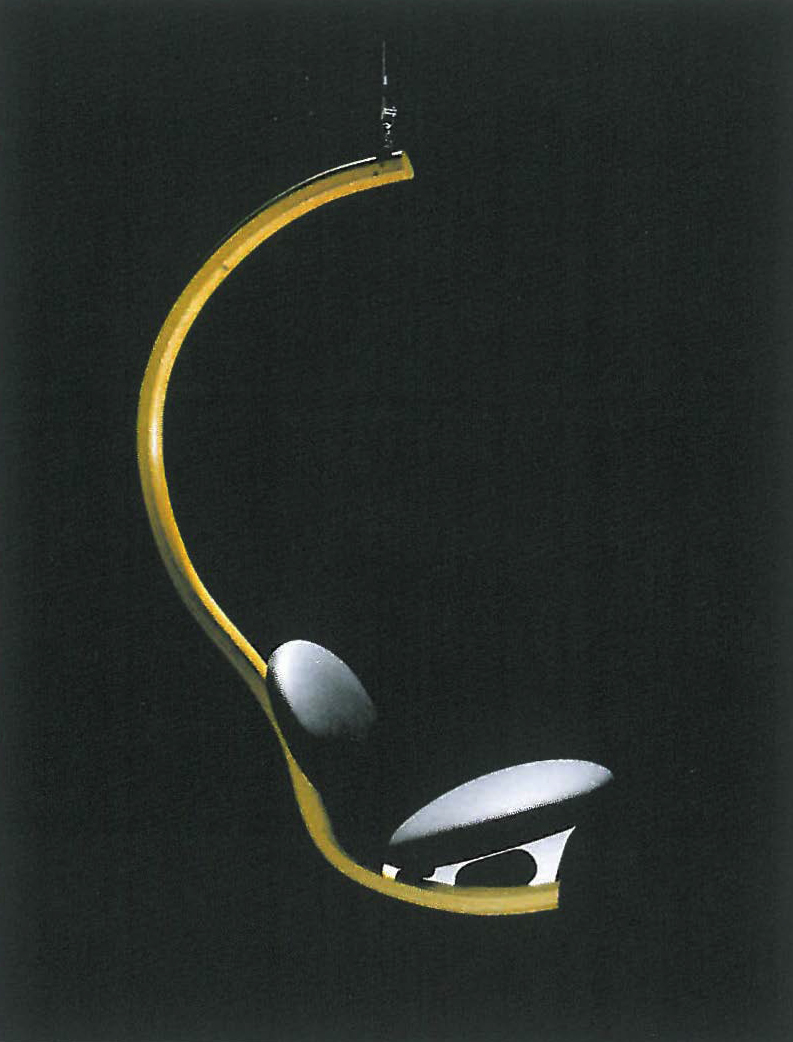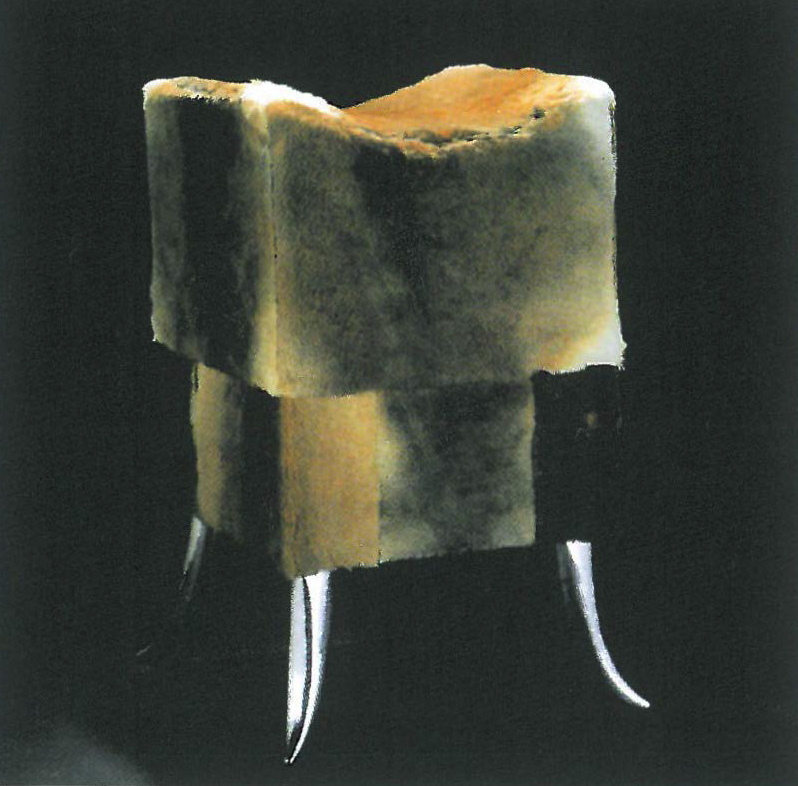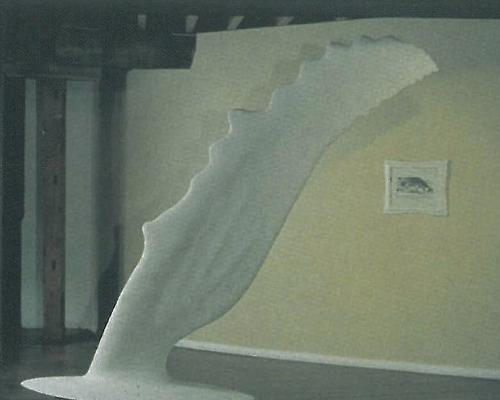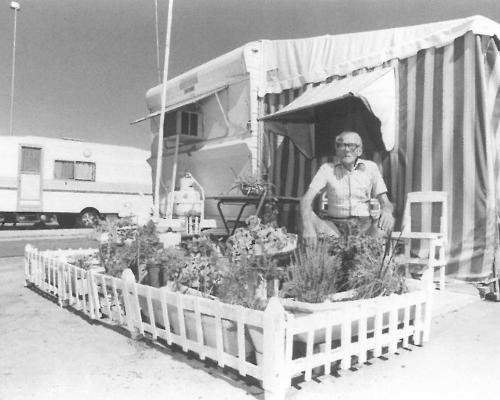
To a child growing up in the sixties, the 21st century seemed an age away. We'd all be so old, the world would undoubtedly offer limitless possibilities, and we were sure that our homes and environs would exactly replicate the futuristic fantasy presented on The Jetsons. Space-age design, innovation in furniture, transportation and communication would make the world a different place. Of course we'd all be doing similar things – living, working, going out and having parent troubles – but we'd all be healthier, more comfortable, have much more leisure time, and everything would be so much easier. Juvenile imagination is a wonderful thing.
Reality is a different prospect, and though some things have changed for the better and some for the worse, others are in the firing line. In terms of contemporary design, the chair, that most fundamental module of furniture in which we spend much of our leisure and working hours, would be the most obvious on the list for reform. Many artists, from De Stijl to Bauhaus to Donald Judd, have creatively reworked chair design, but more often than not the end-result is based on post-and-lintel construction that dates back to antiquity and reflects a minimalist aesthetic. Much contemporary design, however radical its surface treatment or use of materials, still uses this particular style of modernism as a starting point. This is not necessarily a negative as some beautiful designs result, but given the promises for a futuristic 21st century at the height of modernism, it is understandable that a few more alternative ideas would be expected.
Rather than ruminate on the perennial nature of modernist design, Brisbane City Gallery decided to look optimistically to the future (even if it is already here), and sent a brief out asking Queensland based designers to design a chair that reflected their ideas of seating for the 21st century. Thirty-two designers responded, producing an exhibition that dazzles both the eye and the imagination. Few of these designers are necessarily known for furniture production, and most came from a variety of peripheral backgrounds – architecture, interior and industrial design, sculpture, performance – but all brought a breadth of creativity based on their experience to the brief.
The resulting exhibition, 21st Century Chairs, is the third in a series of exhibitions focusing on contemporary design, and has the hallmarks of BCG style: elegant, glamorous and sexy. Set in a darkened space, the chairs, all produced locally and specially for the exhibition, shimmered under spotlights with their newness of finish, and sparkled with wit, extraordinary design concepts and thoughtfulness. From the wiry tangle of cane in Paul Fairweather and Paul Hickey's Tangled WWW (Web We Weave) chair to the slick geometry of Brian Steendyk's ExpressO, viewers to the gallery were offered a visual feast. Many designers took a whimsical approach, for example Nicole Voevodin-Cash's squealing, rumbling pair of fur stools Lobby Play Series – Duet, or William McMahon's Colloseatum, a miniature colosseum designed as a large seat. This sense of playfulness extended to the installation design, where viewers were greeted with chairs hanging from the ceiling and spinning on turntables.

Several designers gave a nod towards the sixties idea of the future, with Simon Hooper's Suspended #2 and David Shaw's Space shaze looking sufficiently 'spacey' to keep George and Jane Jetson happy. Elsewhere more pressing concerns of the real 21st century were investigated, with recycling and sustainable use of materials figuring prominently in the design and production of several pieces. Lorne Hiller and Guy Villers used a minimal amount of wood in their elegant Chaise Longue and Michael O'Sullivan and Angus Spencer's inventive series of works showed what could be created from numerous boomerang-shaped pieces of recycled cardboard.
As well as being a spectacular exhibition showcasing the wealth of talent in Queensland design and production quality, 21st Century Chairs served to remind us of the paucity of Queensland design available in retail outlets. Perhaps it is a sign of parochialism, where furnishing one's house with works produced by local talent does not sufficiently illustrate one's ambition to internationalist style. The well-known phrase, if you don't use it you'll lose it, could easily be applied to Queensland designers who in frustration at the lack of local support for their product either move interstate or overseas at best, entirely giving up designing at worst.
Many of the designers in 21st Century Chairs trained elsewhere in Australia, or if they were local, had their training in related industries in areas such as surfboard manufacture, industrial design or visual arts. That such talent for furniture design exists, and produces work of world standard without the infrastructure of focused training, teaching or research facilities, is extraordinary. Perhaps if we are to keep good designers in Queensland ('the smart state') for the future, we need to go about giving them a reason to stay. This exhibition shows there is plenty of reason why we should make the effort.












